Kumquat: Benefits, Recipes, Side Effects And More
Ways to include and reap the therapeutic properties of this sweet citrus fruit.

Image: Shutterstock
Kumquat has been popular in folk medicine as a treatment to fight common cold, cough, and other respiratory ailments. This sweet citrus fruit is native to the Chinese continent. Kumquat benefits can be attributed to its flavonoids and antioxidants that may help support the immune system. Its fiber and vitamin C content make it a healthy snack for weight management too. Kumquats are unique, as their peel is sweet while the flesh is tart, giving them a distinct flavor that stands out in the citrus family. This tarty sweet flavor makes them a refreshing and versatile ingredient in cooking. In this article, we explore the nutritional profile and health benefits of kumquats and discuss how you can add them to your diet. Read on to understand more.
 Know Your Ingredient: Kumquat
Know Your Ingredient: KumquatWhat Is It?
A small, oval, and orange citrus fruit belonging to the Rutaceae family and native to the Chinese continent.
What Are Its Benefits?
It may support healthy weight management and boost the immune system and help combat hyperpigmentation and cancer.
Who Can Consume It?
Anyone who is not allergic can consume it.
How Often?
It can be consumed daily.
Caution
It may lead to allergic symptoms in some, like hives, redness, itching, and swelling.
What Is A Kumquat?
Kumquats are small, round, or oval orange-like fruits that belong to the Rutaceae family. Their peel is edible and has a sweet flavor, while the fruit has a sour or tart taste. This exotic fruit is commonly used to make marmalades, jellies, and other spreads. It can be eaten cooked or as a healthy fruit snack
Bonnie, a blogger, shared her experience of trying kumquat for the first time: “I had my first experience [of] eating a kumquat just the other day. It was…TART! This little thing has some serious pucker power! I had no idea what to expect though, so I just went for it. It tastes like an orange, but sour like a lemon…and you can definitely taste the rind (i).”
 Trivia
Trivia.Find out how this fruit helps in improving your health in the next section.
In This Article
Health Benefits of Kumquat
1. May Help Combat Obesity and Weight Management

Animal studies have reported that kumquat fruit extracts help fight obesity and related metabolic diseases such as type 2 diabetes and cardiovascular stress. Consumption of these extracts resulted in lower levels of serum triglyceride, fasting blood glucose levels, and improved tolerance to both glucose tolerance and insulin in high-fat diet-induced obese mice (1).
This study also revealed that apart from the antioxidant and anti-inflammatory properties of kumquat fruits, the flavonoids neoeriocitrini A compound found in citrus foods that acts as a therapeutic agent to protect the cartilage tissue in the body. and poncirini A flavonoid (natural substance) that promotes anti-inflammatory activities in the body, helping fight gastric diseases and viral infections. were suspected to reduce hyperglycemiai It occurs due to an excessive amount of glucose in the body, which increases blood pressure and in turn the risk of getting diabetes. , hyperlipidemiai A form of cholesterol imbalance in the blood that leads to fat storage in the heart muscles and causes a lack of oxygen supply to the heart. , and hepatic lipid accumulation in high fat-induced obese mice (1).
The studies are still in the preliminary stages, but they reveal kumquat-based products as potential candidates for diet supplements for metabolic disorders.
2. May Help Support Healthy Immune Function
Traditionally, kumquats have been used in folk remedies to treat the common cold, cough, and other respiratory ailments in Asia for their immune-supporting properties (2). These fruits are rich in vitamin C, which plays a vital role in supporting the immune system (3). But, further studies need to be conducted to understand how kumquats improve the body’s immunity.
3. May Help Suppress Hyperpigmentation

Hyperpigmentation is caused by excess melanin. Enzymes such as tyrosinase help in the production of melanocytesi Cells that promote the production of melanin which protects from photodamage as a result of exposure to UV rays. in the skin. Scientists have discovered that kumquat peels have compounds that can inhibit tyrosinase. These tyrosinase inhibitors may help in suppressing unwanted hyperpigmentation in human skin (2).
A study published in the Journal of Food and Drug Analysis reported that the hot-water extracts of immature kumquat peel demonstrated to have an inhibitory effect on tyrosinase (2). This anti-tyrosinase activity has been credited to DGPP (3′,5′-di-C-β-glucopyranosylphloretin), a flavonoid found in kumquat (2). However, several follow-up studies and clinical trials are needed to further prove this claim.
4. May Have An Anti-Cancer Effect
Kumquat fruits may help reduce the risk of certain cancers. Kumquats contain carotenoids such as β-cryptoxanthin, which is known to trigger the production of natural killer cells. These natural killer cells fight infections by terminating foreign or tumor cells (4).
Animal studies have shown that the kumquat pericarp extracts enhanced natural killer cell activity in restraint stress mice (4). In vivo studies on in-human KHYG-1 cell lines also show similar results (4).
Another study highlights the role of kumquat extracts in the inhibition of human prostate (LNCaP) cell proliferation (5).
5. Rich In Antioxidants
Several studies point to the high antioxidant activity of kumquat fruits (2), (6). It is rich in numerous bioactive compounds such as flavonoids, phenolic acidsi An antioxidant agent absorbed through intestinal tract walls to prevent cell damage and fight against free radicals. , and their derivatives (7).
It has been found that the flavonoids from unripe fruits are responsible for most of the antioxidant activities. Antioxidants help fight chronic diseases by scavenging excess free radicals generated due to oxidative stress.
6. May Support Hair Growth
The rich vitamin C content in kumquat may help in stimulating dermal papilla cells, which play a crucial role in hair regeneration and growth (8), (9), (10). Additionally, vitamin C also facilitates iron absorption in the body. This may help reduce the risk of hair loss due to iron deficiency (11). Further, vitamin C deficiency may cause scurvy, a condition that impacts hair health, making it brittle and dry, which may lead to further hair loss (12). Hence, consuming fruits rich in vitamin C may benefit your hair health. However, scientific evidence linking the consumption of kumquat to hair growth is limited. Hence, more research is warranted in this regard.
Anecdotal evidence also suggests that kumquats have anti-aging properties and are believed to be beneficial for skin health.
 Did You Know?
Did You Know?What about the nutrients present in these fruits? Scroll down to learn more about the nutrition profile of kumquat fruits.
Key Takeaways
- Kumquat is a slightly tangy, slightly sweet fruit and a good source of fiber, healthy fats, and minerals like calcium and manganese.
- This antioxidant-rich fruit may help with weight management, support a healthy immune function, reduce hyperpigmentation, and have anti-cancer effects.
- An allergic reaction to kumquat is possible with symptoms like redness, hives, itching, and swelling.
Kumquat Fruit – Nutrition facts
Kumquats are nutritious as they contain vitamins and minerals that are essential for the body. They are low in calories and high in fiber.
A 100-gram serving of kumquats contains (8):
- Calories: 71
- Carbs: 16 grams
- Protein: 2 grams
- Fat: 1 gram
- Fiber: 6.5 grams
- Vitamin A: 290 IU
- Vitamin C: 43.9 mg
- Choline : 8.4 mg
- Folate: 17 µg
Kumquat is a refreshing fruit that is super-hydrating due to its rich water content. It is a good source of several minerals like calcium and manganese. Apart from fiber, it also has healthy fats (omega-3 and omega-6 fatty acids) that make it a nutritious snack!
So, wondering how to include this amazing fruit into your diet? Find out in the next section.
How To Eat – Kumquat Recipes
- The best way to enjoy this low calorie fruit is to pop it in whole with the peel intact! The peel gives it a sweet and zesty flavor, while the flesh is juice and tart. The seeds are edible but bitter to taste. Do not forget to thoroughly rinse them before eating them.
- You can prepare assorted condiments such as chutneys, sauces, jams, marinades, jellies, and marmalades with kumquats.
- Add them as toppings in salads, sandwiches, and desserts!
- Add sliced kumquats to stir-fries for a sweet and tangy kick.
- Use them as a garnish for grilled fish or roasted meats.
- Chop kumquats for fresh salsas to pair with tacos or seafood.
- Mix kumquats into marinades for chicken, pork, or tofu.
- Add sliced kumquats to wraps or pita pockets for extra zest.
- You can bake them into cakes and pies.
- It is a popular candied fruit.
- Kumquat tea is another way to enjoy this exotic fruit.
Here are a few recipes you can try out with kumquats!
1. Candied Kumquats
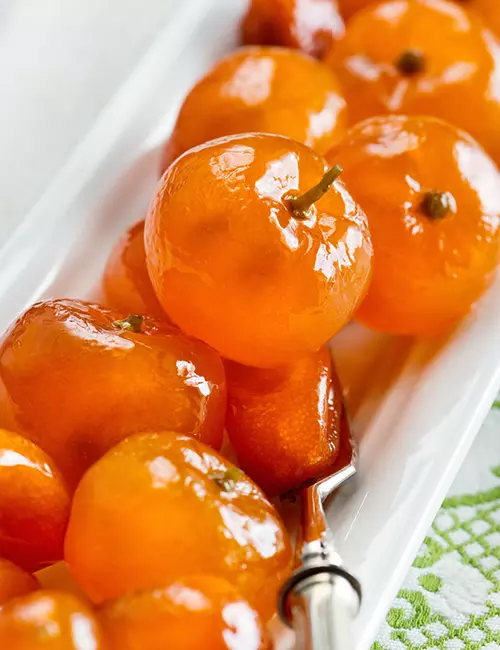
These candied kumquats are the perfect bite-size snacks that are easy to make and super-versatile. You can pop them into your mouth to satisfy your sweet cravings or add them to your salads and desserts.
You Will Need
- 4 cups of roughly chopped kumquats
- 1 cup of water
- 2 cups of sugar
Process
- Chop the kumquats and remove the seeds as they are bitter in taste.
- Bring the water and sugar to a boil.
- Add the chopped kumquats to the pot and let this mixture simmer for 10-15 minutes.
- Remove the kumquats and save them for later.
- Let the remaining syrup simmer for 5 more minutes till it gets a syrup consistency.
- Combine the kumquats and the syrup together.
- Let them set and harden.
- You can store them in a jar and refrigerate them. They can be stored for up to two weeks.
2. Kumquat Salsa

Salsa is the perfect accompaniment for brunches and home luncheons. Take it up a notch by adding kumquat to your salsa!
You Will Need
- 2 cups chopped, cleaned, and thinly sliced kumquats
- 1/2 cup chopped red onion
- 1/4 cup chopped fresh cilantro
- 3 tablespoons extra virgin olive oil
- 1/4 teaspoon red pepper flakes
- Dash of cayenne pepper
- Pinch of kosher salt
Process
- Combine all the ingredients in a big bowl.
- You can increase or decrease the amount of red pepper and cayenne to adjust the heat.
- Let sit for 1 hour for the flavors to blend more fully.
- Serve this delicious salsa with seafood platters, steak, and more!
3. Kumquat Marmalade
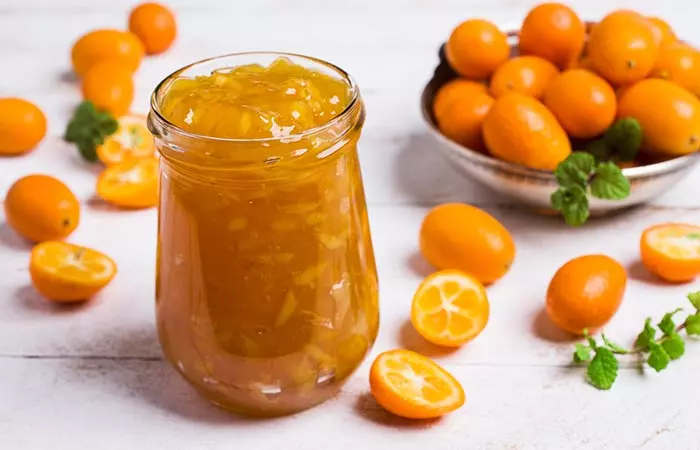
There is no better breakfast than including warm marmalade. It is just the sweet and tangy treat you need to kickstart your day!
You Will Need
- 13/4 pounds kumquats
- 1 package (13/4 ounces) powdered fruit pectin
- 6 1/2 cups sugar
- Zest and juice of 1 lemon
- A pinch of cayenne pepper
- 1 star anise
- 1 cup water
Process
- Slice the kumquats into small quarters. Remove the seeds.
- Add the kumquats, lemon zest, lemon juice, cayenne pepper, star anise, and sugar into a pot of water.
- Let this mixture simmer at medium heat for 3 hours. Make sure to keep stirring it regularly so that it does not stick to the bottom of the pan.
- When it reaches the desired consistency, remove it from the stove and let it cool for 15 minutes.
- Store the marmalade in clean jars and refrigerate.
Buying fruits can be a pretty confusing task. Do you always end up buying overripe or under-ripe fruits? Check out our tips for selecting and storing kumquats below!
Selection And Storage Of Kumquats
- The main characteristics related to the quality of kumquats are:
- Color: Choose fruits that are orange in color, not green. Avoid fruits that are spotted or discolored.
- Plumpness: Squeeze them gently. Look for kumquats that are plump and firm as they are juicy. Pass on squishy fruits as they might be over-ripe.
- Kumquats are available in supermarkets, farmers’ markets, and Asian grocery stores. The two popular varieties of kumquat are Nagami (which has an oval shape) and Meiwa (which is round and sweet).
- You can store them fresh for about two weeks in the refrigerator.
- You can also blend them into a puree and freeze them.
Are these fruits safe? Do they have any side effects? Keep reading.
Risks Of Eating Kumquat
Kumquats are generally safe to consume unless you are allergic to them. The most common symptoms of an allergic reaction include:
- Hives
- Redness
- Itching
- Swelling
Consult a doctor immediately if you notice any of these symptoms after eating kumquats.
Other probable side effects of overconsuming kumquats are diarrhea, cramps, and bloating. This is attributed to the high fiber content of these exquisite fruits! A simple way around this issue is to eat them in moderation (around five) and drink loads of water.
Kumquats are sweet, edible citrus fruits with high nutritional value. The benefits of kumquats can be attributed to their antioxidant and flavonoid compounds. The intake of kumquat may help combat obesity and weight management, support healthy immune function, suppress hyperpigmentation, protect against tumor cells, and fights to scavenge excess free radicals. You can add kumquats as toppings, bake them into cakes, or prepare tea. However, they may cause side effects in some people. They cause allergic reactions like redness, itching, and swelling. If you experience any symptoms, stop eating them and consult your doctor immediately.
Frequently Asked Questions
Are kumquats a superfood?
Yes, kumquats can be termed a superfood. They are loaded with many beneficial nutrients like vitamin C, folate, and choline that can promote overall health.
Is kumquat good for high blood pressure?
Yes, kumquat is good for high blood pressure. It has high potassium content that helps decrease blood viscosity and may significantly lower blood pressure.
Do kumquats make you sleepy?
No, kumquats will not make one sleepy. In fact, if taken right before bedtime, these may trigger acidity and even disturb sleep.
Do kumquats cause gas?
No, kumquats will not cause gas. In fact, their high fiber content helps reduce excess gas and boost digestion.
Is kumquat acid or alkaline?
Kumquats are acidic. They have a pH of 3.95.
Are kumquat seeds poisonous?
No, kumquat seeds are not poisonous. However, they are bitter.
Are kumquats keto-friendly?
No, kumquats may not be a good fit for keto because of their carbohydrate content.
Is calamansi the same as kumquat?
No. In fact, calamansi is a hybrid between a kumquat and mandarin orange.
Illustration: Kumquat: Benefits Recipes Side Effects And More

Image: Stable Diffusion/StyleCraze Design Team
Want to discover the various advantages of kumquats? Click on this video to know how this delicious citrus fruit can help improve your health.
Personal Experience: Source
StyleCraze's articles are interwoven with authentic personal narratives that provide depth and resonance to our content. Below are the sources of the personal accounts referenced in this article.
i. Kumquat Pie…a puffy, fluffy, orangey cloudhttps://whataboutpie.blogspot.com/2010/12/
References
Articles on StyleCraze are backed by verified information from peer-reviewed and academic research papers, reputed organizations, research institutions, and medical associations to ensure accuracy and relevance. Read our editorial policy to learn more.
- Effects of Fortunella margarita Fruit Extract on Metabolic Disorders in High-Fat Diet-Induced Obese C57BL/6 Mice
https://journals.plos.org/plosone/article?id=10.1371/journal.pone.0093510 - Phenolic compounds and biological activities of small-size citrus: Kumquat and calamondin
https://www.sciencedirect.com/science/article/pii/S1021949816301879 - Vitamin C and Immune Function
https://www.mdpi.com/2072-6643/9/11/1211 - Effect of kumquat (Fortunella crassifolia) pericarp on natural killer cell activity in vitro and in vivo
https://academic.oup.com/bbb/article/79/8/1327/5939330 - Radical scavenging capacities and inhibition of human prostate (LNCaP) cell proliferation by Fortunella margarita
https://www.sciencedirect.com/science/article/abs/pii/S0308814611012076 - Traditional Small-Size Citrus from Taiwan: Essential Oils
Bioactive Compounds and Antioxidant Capacity - Polyphenolic Composition and Antioxidant Characteristics of Kumquat (Fortunella margarita) Peel Fractions
https://link.springer.com/article/10.1007/s11130-009-0140-1 - Kumquats raw
https://fdc.nal.usda.gov/fdc-app.html#/food-details/168154/nutrients - Improvement of Cell Proliferation and Antioxidant Activity of Silymarin in Hair Follicles Dermal Papillae Isolated from the Human Scalp: Comparison with Vitamin C Effects
https://pubmed.ncbi.nlm.nih.gov/33376286/ - Optimal stimulation toward the dermal papilla lineage can be promoted by combined use of osteogenic and adipogenic inducers
https://pubmed.ncbi.nlm.nih.gov/31730301/ - The Role of Vitamins and Minerals in Hair Loss: A Review
https://www.ncbi.nlm.nih.gov/pmc/articles/PMC6380979/ - Vitamin C Deficiency in Inflammatory Bowel Disease: The Forgotten Micronutrient
https://www.ncbi.nlm.nih.gov/pmc/articles/PMC8248877/
Read full bio of Tracy Tredoux
Read full bio of Sindhu Koganti
Read full bio of Ravi Teja Tadimalla
Read full bio of Aparna Mallampalli






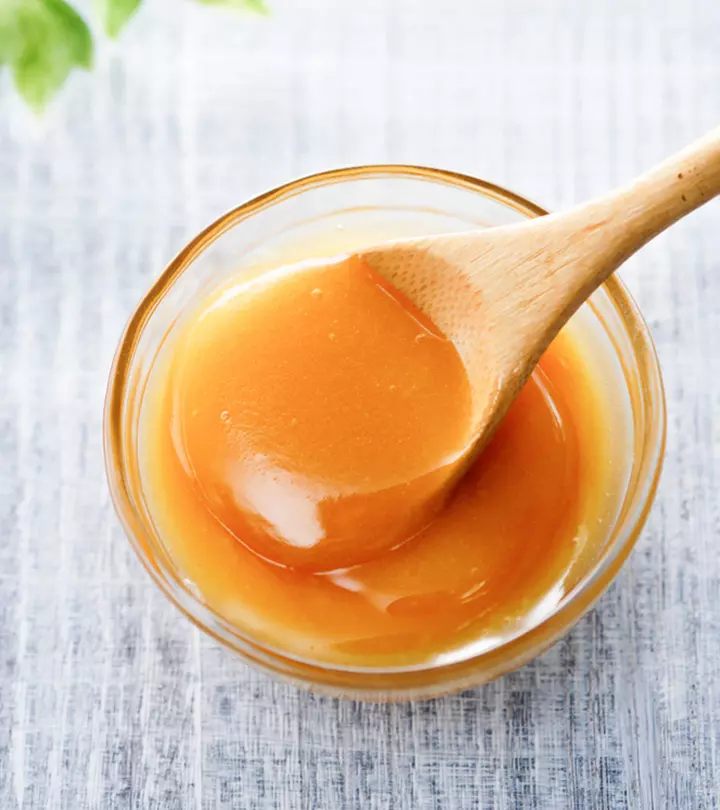

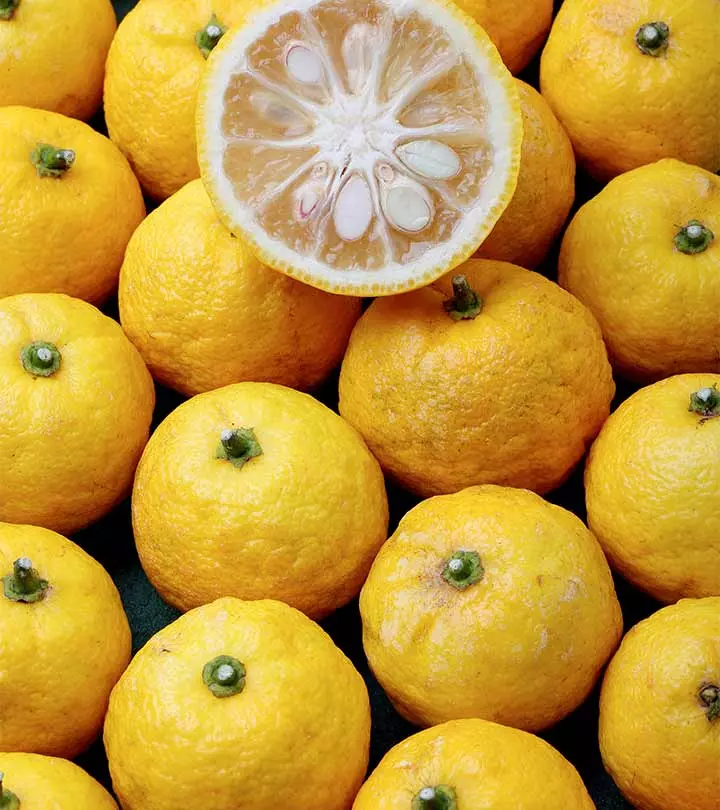
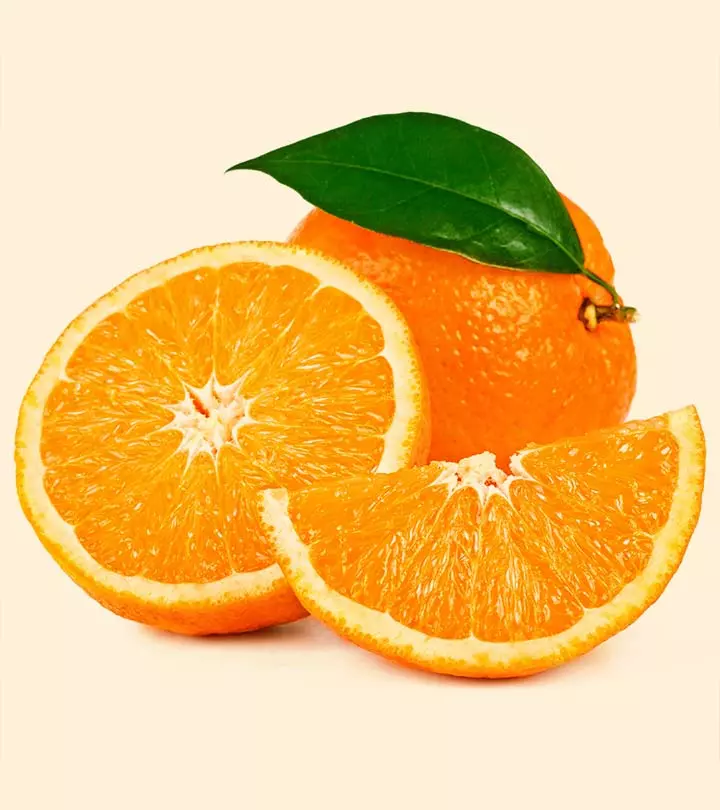
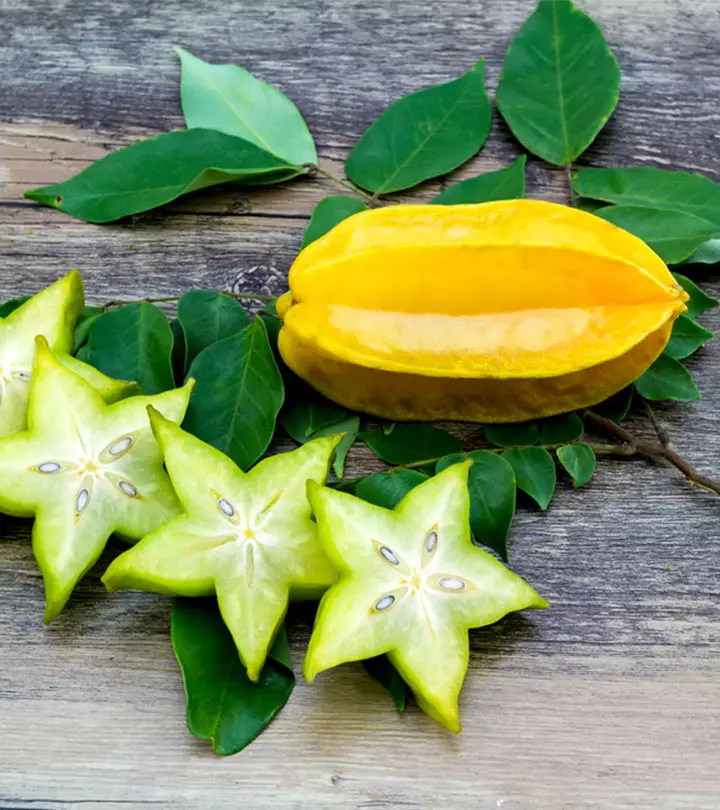
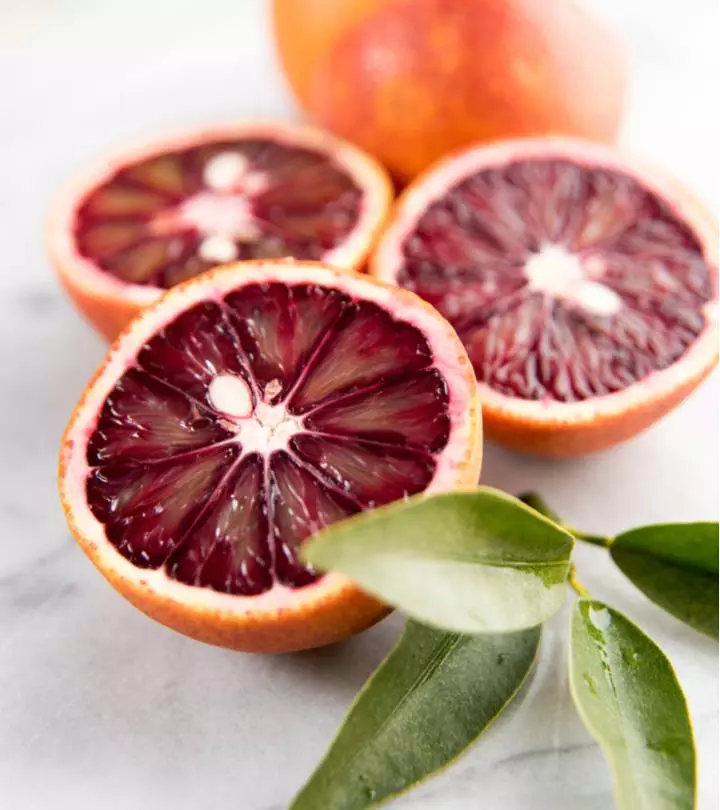
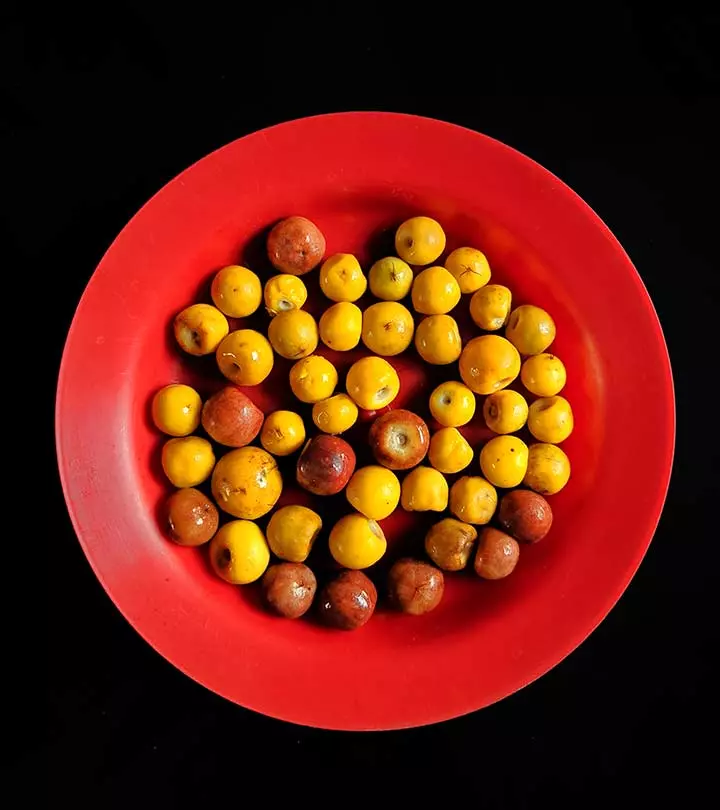
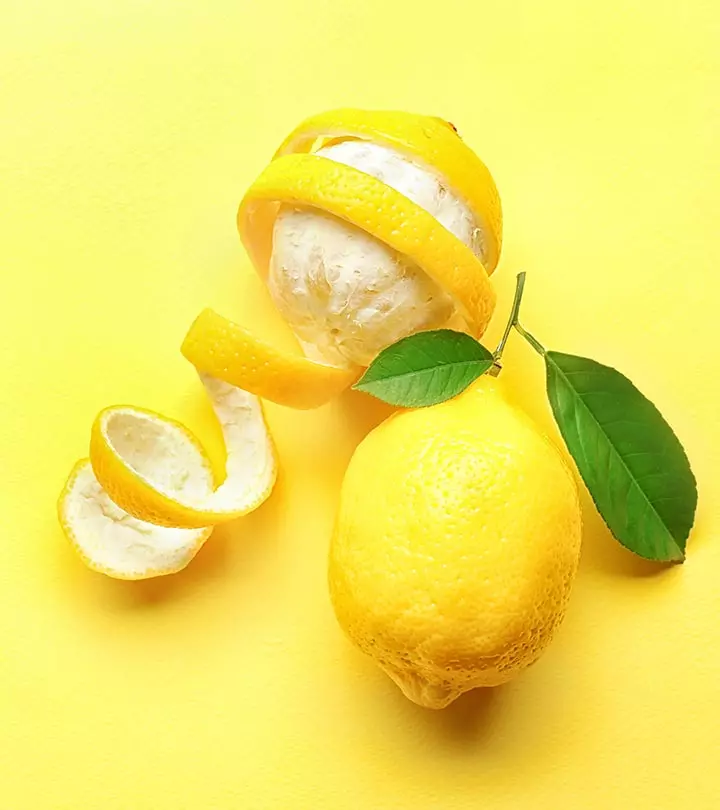

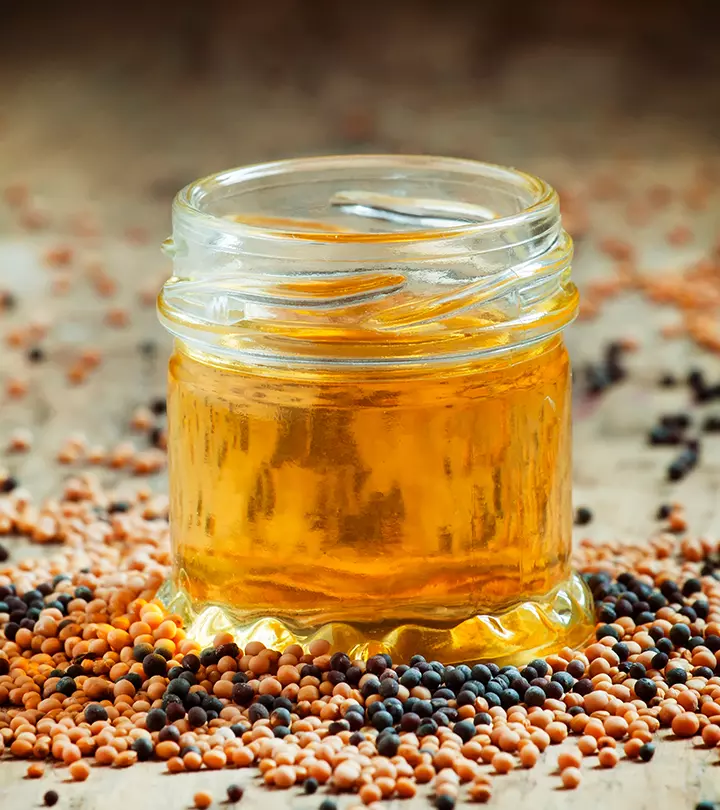
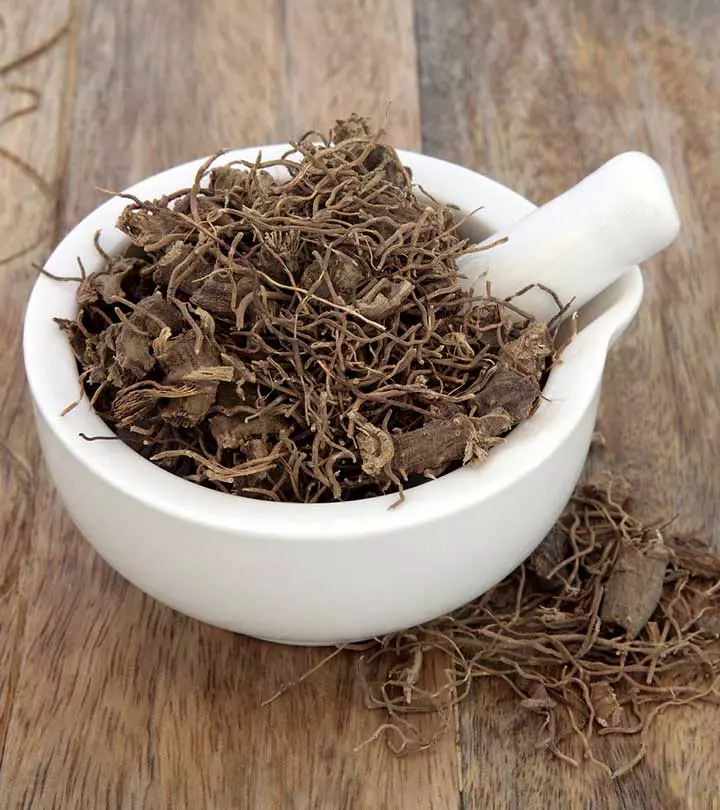


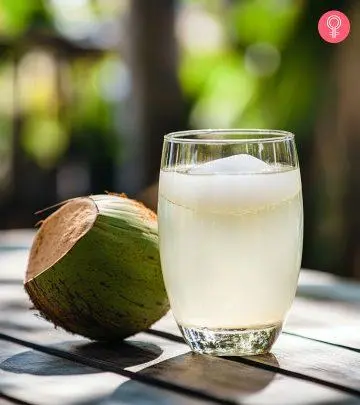




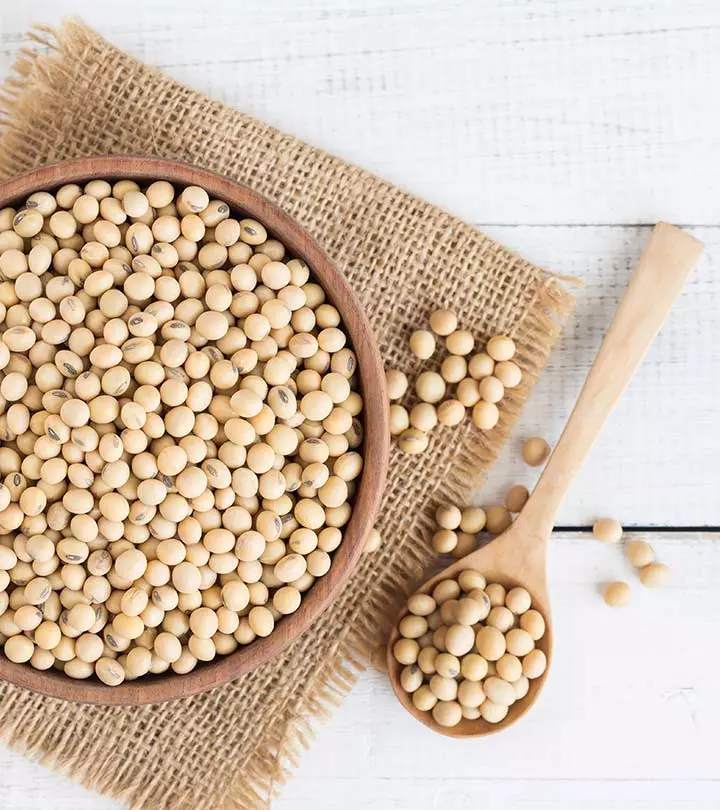

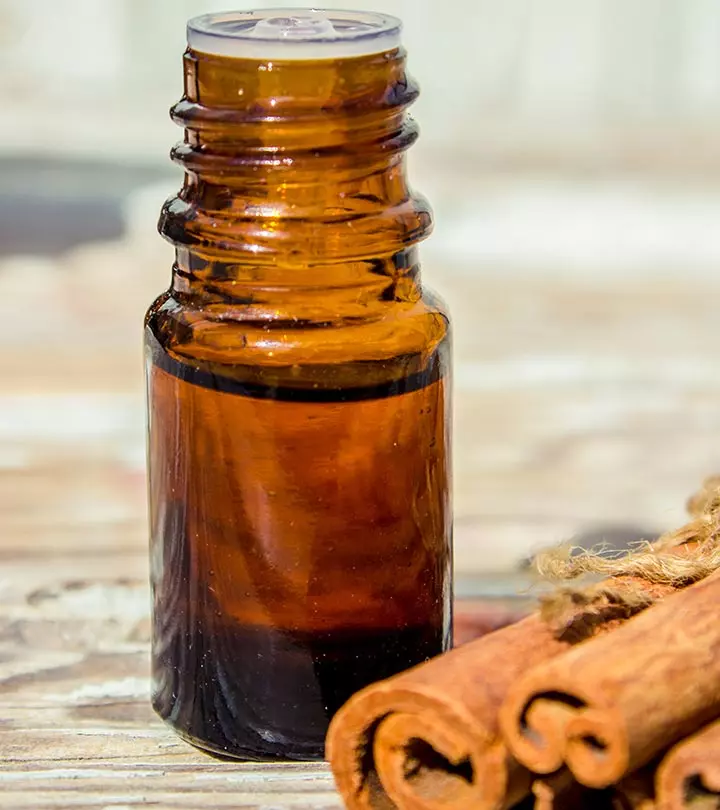
Community Experiences
Join the conversation and become a part of our empowering community! Share your stories, experiences, and insights to connect with other beauty, lifestyle, and health enthusiasts.